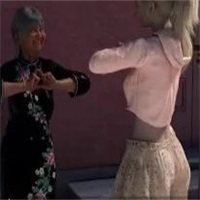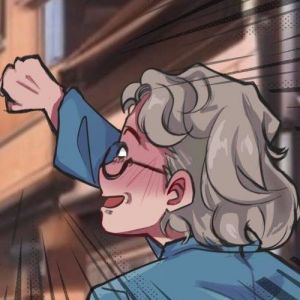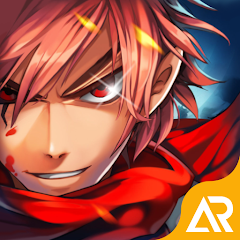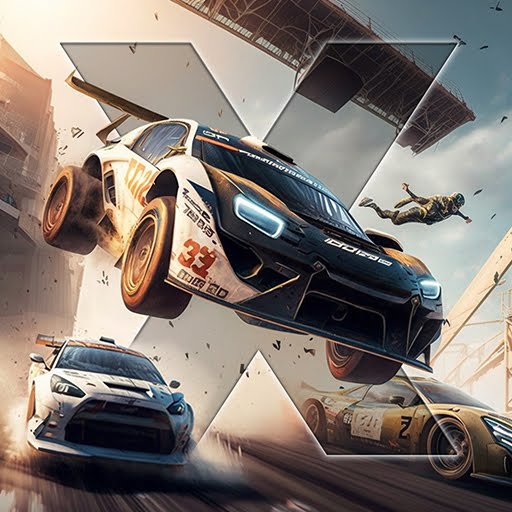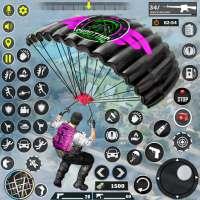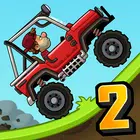Nu Udra Revealed as Apex in Monster Hunter Wilds - IGN First
From dry deserts to bustling forests, blazing volcanoes to frozen tundra, the Monster Hunter series showcases a variety of environments, each boasting its own unique ecosystem teeming with diverse monsters. Exploring these unknown worlds and traversing their landscapes while hunting is one of the most thrilling aspects of playing Monster Hunter.
This excitement continues with Monster Hunter Wilds, the latest installment in the franchise. Following the Windward Plains and Scarlet Forest, hunters will venture into the harsh terrain of the Oilwell Basin, a region engulfed in flames and oilsilt. Here, they'll navigate through viscous oil and magma, which might seem to suggest a barren, lifeless area. However, keen observers will spot small creatures struggling through the mire, and scattered remnants of an ancient civilization dot the landscape.
Yuya Tokuda, the director of both Monster Hunter: World and Monster Hunter Wilds, provides insight into the Oilwell Basin:
"During the Fallow, the Oilwell Basin is filled with mud and oil. When the Inclemency known as the Firespring arrives, it burns away the oilsilt, and during the Plenty, the burned-away oil and soot disappear, revealing the minerals, microorganisms, and the original colors of the manmade artifacts hidden beneath," he explains.
Down in the Muck
What was the development team's vision for the Oilwell Basin? Kaname Fujioka, who directed the first Monster Hunter and serves as executive director and art director for Wilds, shares his thoughts:
"We wanted to create a vertically connected environment after the horizontally expansive Windward Plains and Scarlet Forest," he says. "The Oilwell Basin changes as you move through its upper, middle, and lower strata. Sunlight reaches the top, where oil pools like mud, and as you descend, the heat increases with lava and other substances."
Tokuda adds: "In the middle to bottom strata, you'll encounter creatures reminiscent of deep-sea or underwater volcanic life. We applied lessons learned from creating the Coral Highlands ecosystem in World, where we imagined aquatic creatures on land, to develop the Oilwell Basin's unique ecosystem and inhabitants.
The Oilwell Basin transforms from a blazing wasteland during the Fallow and Inclemency to a vibrant, marine-like environment during the Plenty. Fujioka encourages players to appreciate this transformation:
"During the Fallow and Inclemency, smoke billows from the Oilwell Basin, resembling a volcano or hot spring. But in the Plenty, it adopts a clear, marine-like ambiance. A closer look at the environmental biology reveals a region inhabited by creatures typical of the ocean floor."
The Oilwell Basin's ecosystem is distinct, driven by geothermal energy rather than sunlight and vegetation, like the Windward Plains and Scarlet Forest. Beneath the oilsilt, shellfish, small monsters providing raw meat, and large monsters that feed on them coexist. Microorganisms derive energy from the earth's heat, creating a unique food chain.
Among the Oilwell Basin's inhabitants is Rompopolo, a noxious, globular monster with needle-like mouthparts. Fujioka explains the creative process behind Rompopolo:
"We designed it as a tricky swamp-dweller that uses toxic gas to create chaos. The concept of a mad scientist inspired its chemical purple color and glowing red eyes. Yet, the equipment crafted from it is surprisingly cute, as is its Palico gear."
Tokuda amusingly describes the Rompopolo Palico equipment, and after experiencing it firsthand, I can attest to its charm. I encourage you to craft and explore this unique gear.
Flames of Ajarakan
Another newcomer to the Oilwell Basin is Ajarakan, a flaming gorilla-like monster with a leaner silhouette compared to the Scarlet Forest's Congalala. Videos show Ajarakan and Rompopolo battling for territory, with Ajarakan using bear hugs and martial arts-inspired fist attacks.
Tokuda explains the design philosophy behind Ajarakan:
"Typical fanged beasts have low hips and heads at eye level with the hunter, making it hard to sense their threat. We gave Ajarakan a towering silhouette to emphasize its danger, adding flame elements and wrestler-like grabbing attacks to highlight its physical strength. It combines power, physical attacks, and flames, like its attack where it melts and throws molten material at you."
Fujioka elaborates on Ajarakan's straightforward design:
"We wanted a monster with easily understandable strengths. Ajarakan's attacks are simple yet powerful, like punching or slamming its fists to create flame eruptions."
Ajarakan holds a high position in the Oilwell Basin's ecosystem, its fiery attacks distinguishing it from the poison gas and oilsilt-using Rompopolo. Fujioka describes how they added personality to Ajarakan:
"Initially, it was just a powerful monster. We worked with our artists and designers to give it more character through its fiery environment. Instead of simply breathing fire, we designed it to wear flames like the Buddhist deity Acala. The idea of its rising internal temperature giving it the power to melt anything in its path added depth to its character. We wanted players to dread its hot, melting hugs."
To avoid Ajarakan's design being too simplistic, Fujioka says the team added increasingly flashy moves as development progressed:
"We kept adding interesting techniques, like jumping into the air, curling up, and crashing down."
A Monster Generations in the Making
The apex predator of the Oilwell Basin is Nu Udra, a tentacled "Black Flame" that secretes flammable oil and moves fluidly around the region. Like the Windward Plains' Rey Dau with lightning and the Scarlet Forest's Uth Duna with water, Nu Udra is enveloped in flames. Fujioka confirms the octopus inspiration behind Nu Udra:
"Yes, it was octopuses. We wanted a striking silhouette when it rises, with demonic horns, but also made it hard to discern its face."
Tokuda notes that even the music during Nu Udra battles incorporates demonic themes:
"We included musical phrases and instruments reminiscent of black magic, resulting in a unique piece of music."
Nu Udra's tentacle movements echo those of Lagiacrus from Monster Hunter Tri, fulfilling a long-held desire of both Tokuda and Fujioka to create a tentacled monster:
"One concept in Tri was underwater combat, and I proposed an octopus-shaped monster with distinctive underwater movements," says Tokuda. "Though technical challenges prevented us from realizing it then, I held onto that idea."
Fujioka reflects on using tentacled monsters for impactful moments:
"We're always interested in using monsters with unique movements at key moments. While too many unique monsters can tire players, one at the right time leaves a strong impression, like Yama Tsukami in Monster Hunter 2 (Dos) floating over the mountains."
Tokuda nostalgically adds, "I'm the one who placed Yama Tsukami there." Though limited by technology, they aimed to make an impression.
The realization of Nu Udra, a monster fully utilizing its tentacles, is a significant achievement for both Tokuda and Fujioka:
"While Yama Tsukami and Nakarkos were fixed in place, Nu Udra uses its cephalopod traits to move freely. This gameplay is something we're trying for the first time."
Fujioka highlights the technical challenges of tentacled monsters:
"Controlling them with respect to terrain and targets is difficult. But when we started developing Wilds, the technical tests went well, and we felt confident we could make it work."
Tokuda adds, "We decided to make it the apex predator of the Oilwell Basin due to its impact."
Even outside of combat, Nu Udra's animations received meticulous attention. After taking damage, it wraps around ancient pipes to navigate the area, entering small holes seamlessly. Fujioka acknowledges the challenge:
"We focused on depicting flexible bodies with Nu Udra. We start with ambitious ideas, challenging our artists, but the final product is amazing when we succeed."
The team uses new technologies to realize long-held visions, even if success isn't guaranteed. Their passion is palpable as they discuss their work:
"When we first implemented the movement of it entering a hole, an animator excitedly showed it to me. Their satisfaction was evident," says Tokuda.
Fujioka proudly notes, "The way it squirms around pipes is well-made. It's a real-time depiction, not a pre-made scene, and I'm incredibly proud of it as a testament to our team's efforts."
Facing Nu Udra, I struggle to find openings on its flexible body. Its severed tentacles thrash on the ground, and I wonder if all can be destroyed:
"You can cut off many tentacles," explains Tokuda. "They move after being severed but eventually rot. Carving rotten parts yields poor materials. Nu Udra's attacks have a unique tempo, combining focused and area-of-effect attacks with its head and flames. Its sensory organs at tentacle tips emit light to indicate its target, making it easier to track in multiplayer hunts. Flash Bombs don't affect it, as it doesn't rely on vision."
To defeat Nu Udra, Tokuda advises:
"Its body is soft with many breakable parts. Hunters should strategize their attacks. Cutting off tentacles reduces its area-of-effect attacks, making it easier to maneuver. It's ideal for multiplayer, with targets split among players. Using SOS flares and Support Hunters can enhance the experience."
Fujioka adds, "Destroying its parts is like playing an action game, similar to Gravios, where you discover ways to defeat it by breaking its armor. This approach fits perfectly with Monster Hunter's gameplay."
A Welcome Reunion
Fujioka mentions Gravios, which returns to the Oilwell Basin after its last appearance in Monster Hunter Generations Ultimate. Its rocky carapace and hot gas emissions make it a fitting inhabitant:
"When considering monsters for the Oilwell Basin, we wanted Gravios to offer a fresh challenge," says Tokuda.
Gravios feels even harder than I remembered, its massive presence dominating the area. Attacking its carapace, I manage to create red wounds and execute a Focus Strike.
"We wanted to preserve Gravios's signature hardness," says Tokuda. "It appears after significant game progression, challenging hunters to find ways to defeat its hard body using the wound system and part breaking."
All Monsters in Monster Hunter Wilds

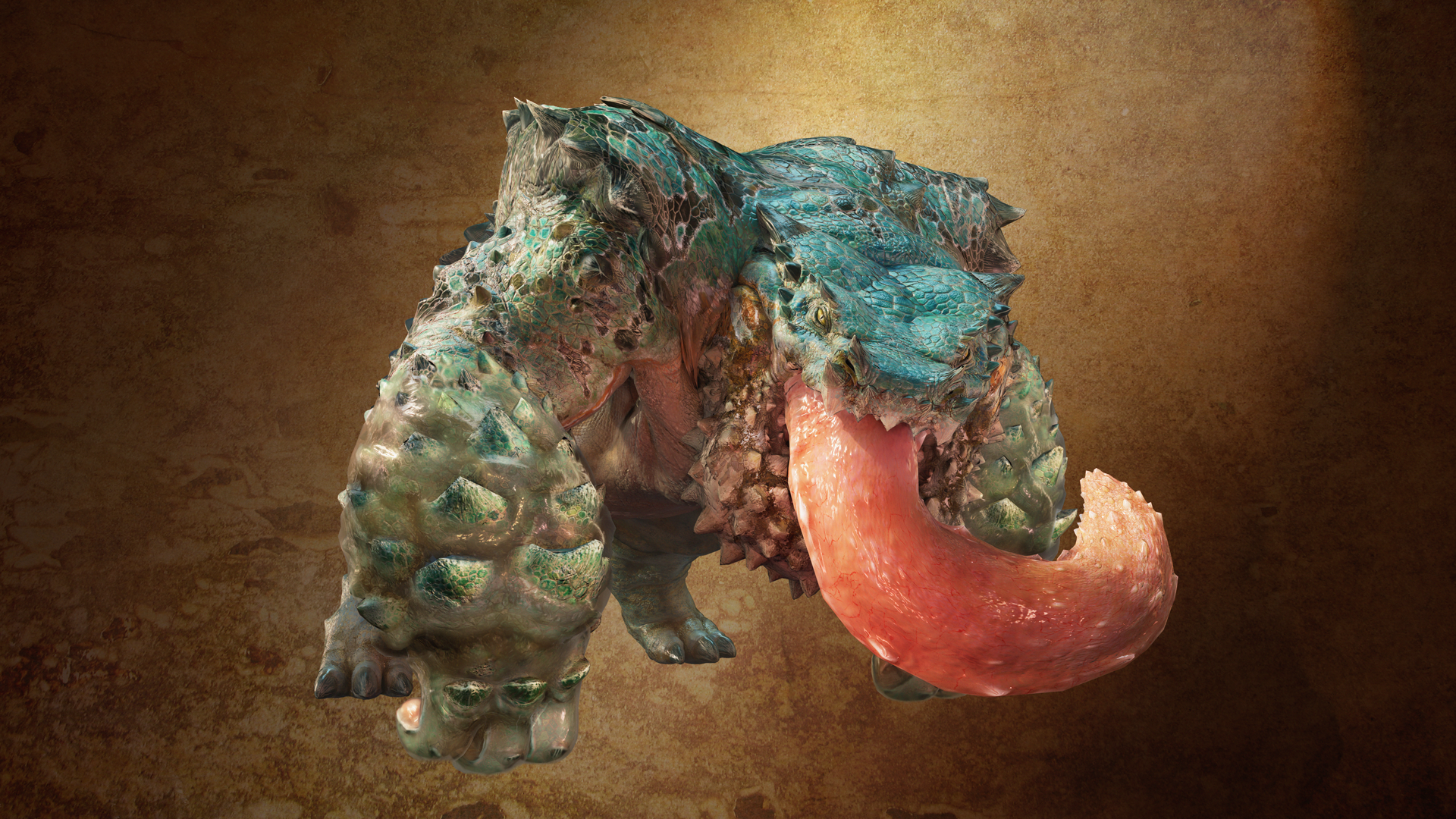 17 Images
17 Images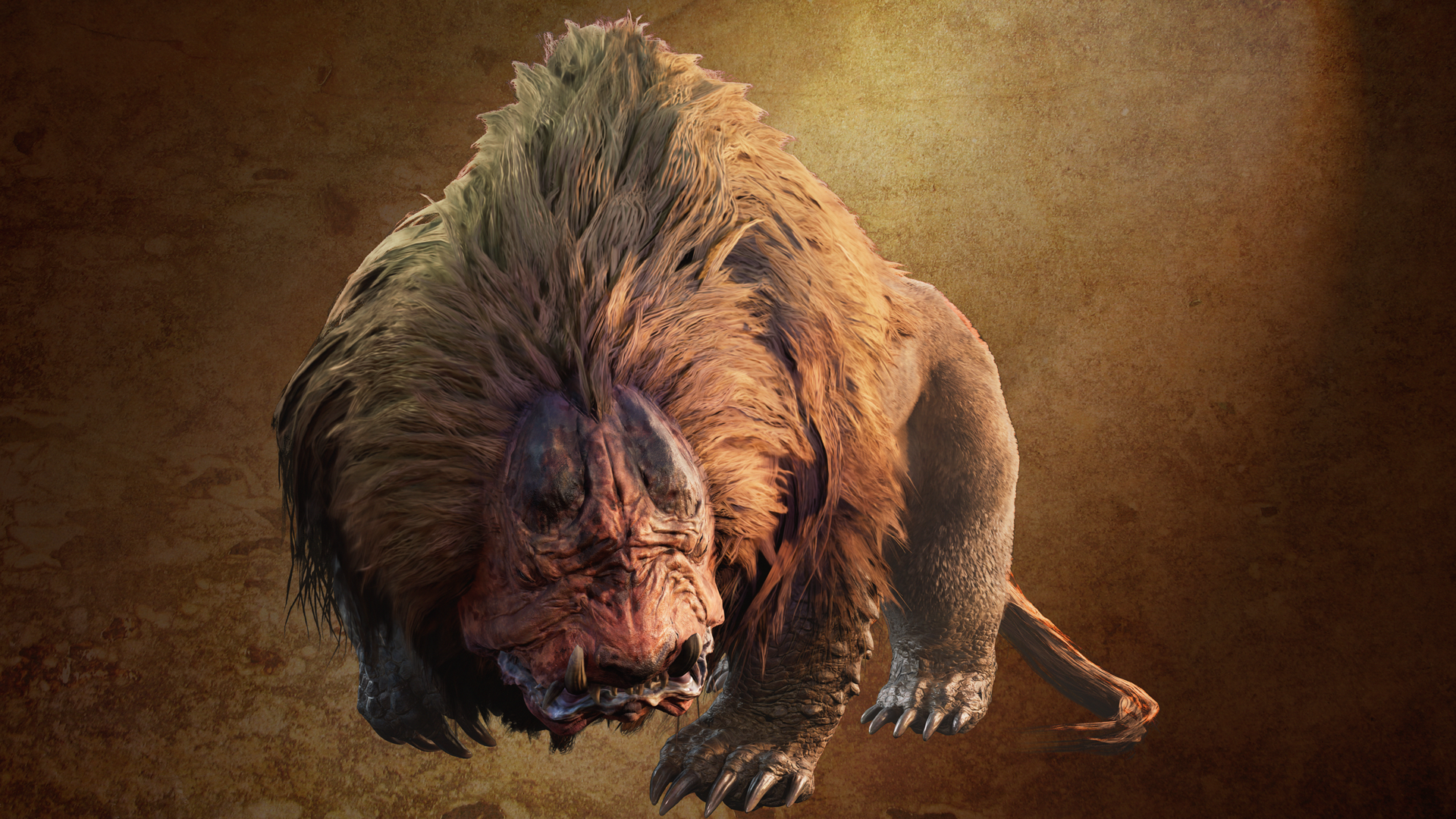


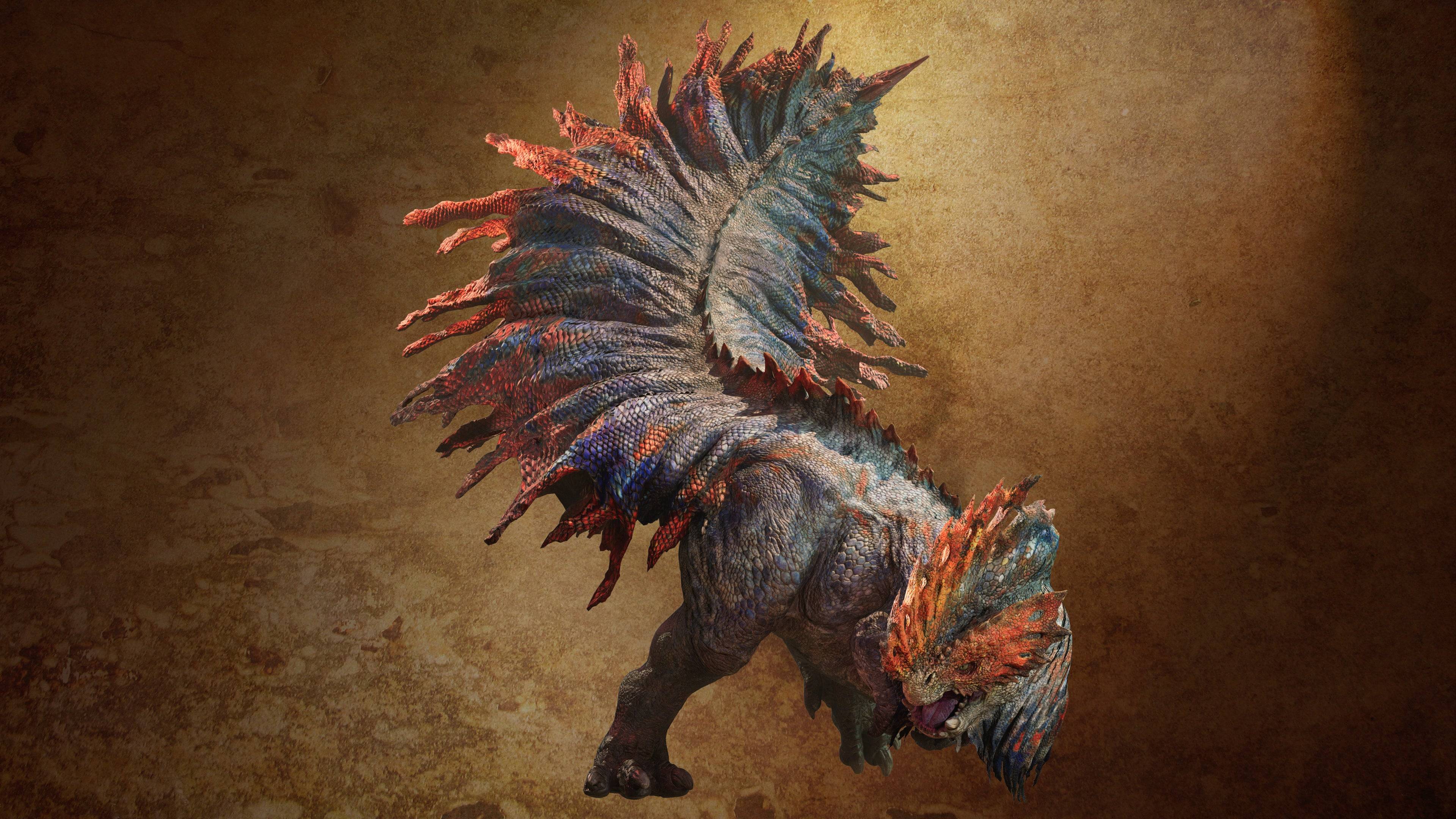 While Gravios returns, its juvenile form, Basarios, will not appear in this game, as Fujioka explains:
While Gravios returns, its juvenile form, Basarios, will not appear in this game, as Fujioka explains:
"Sorry, but Basarios will be taking this one off. We'll have to wait longer to see it again."
The Monster Hunter team carefully selects returning monsters, ensuring they fit well within the game. Though disappointing, the Oilwell Basin will feature many other monsters not covered here. I eagerly anticipate hunting in this unique environment, Cool Drink in hand.
- 1 Pokémon GO Set To Roll Out Safari Ball In The Wild Area Event 2024 Nov 10,2024
- 2 Marvel's Spider-Man 2 Swings to PC in January 2025 May 26,2023
- 3 Tomorrow: MMO Nuclear Quest Is a New Sandbox Survival RPG Nov 15,2024
- 4 Black Myth: Wukong Review Fallout Nov 13,2024
- 5 Roblox Ban in Turkey: Details and Reasons Mar 10,2024
- 6 Final Fantasy XVI PC Port Falls Short Nov 14,2024
- 7 GTA 6 Raises The Bar and Delivers on Realism Beyond Expectations Nov 10,2024
- 8 Dragonite Cross-Stitch Captivates Pokémon Enthusiasts Nov 08,2024
-
Best Racing Games to Play Now
A total of 10
-
Explore the World of Shooting Games
A total of 10
-
Best Free Simulation Games for Your Android Phone
A total of 4










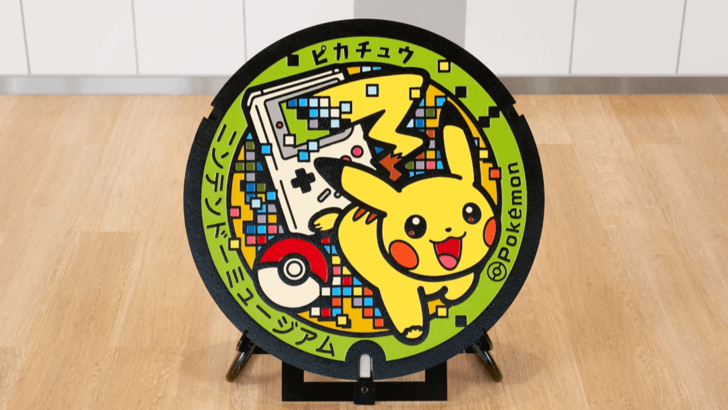
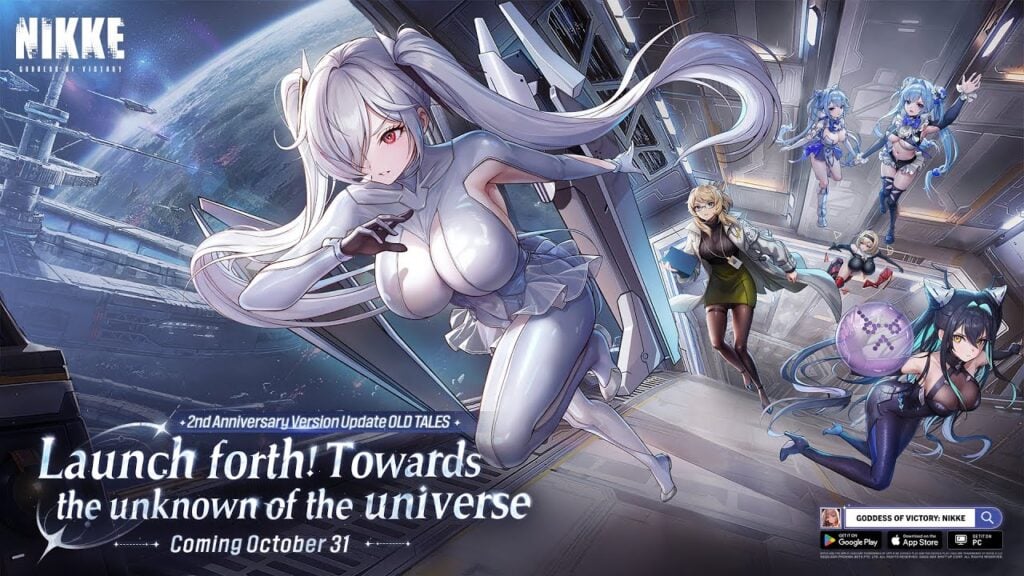
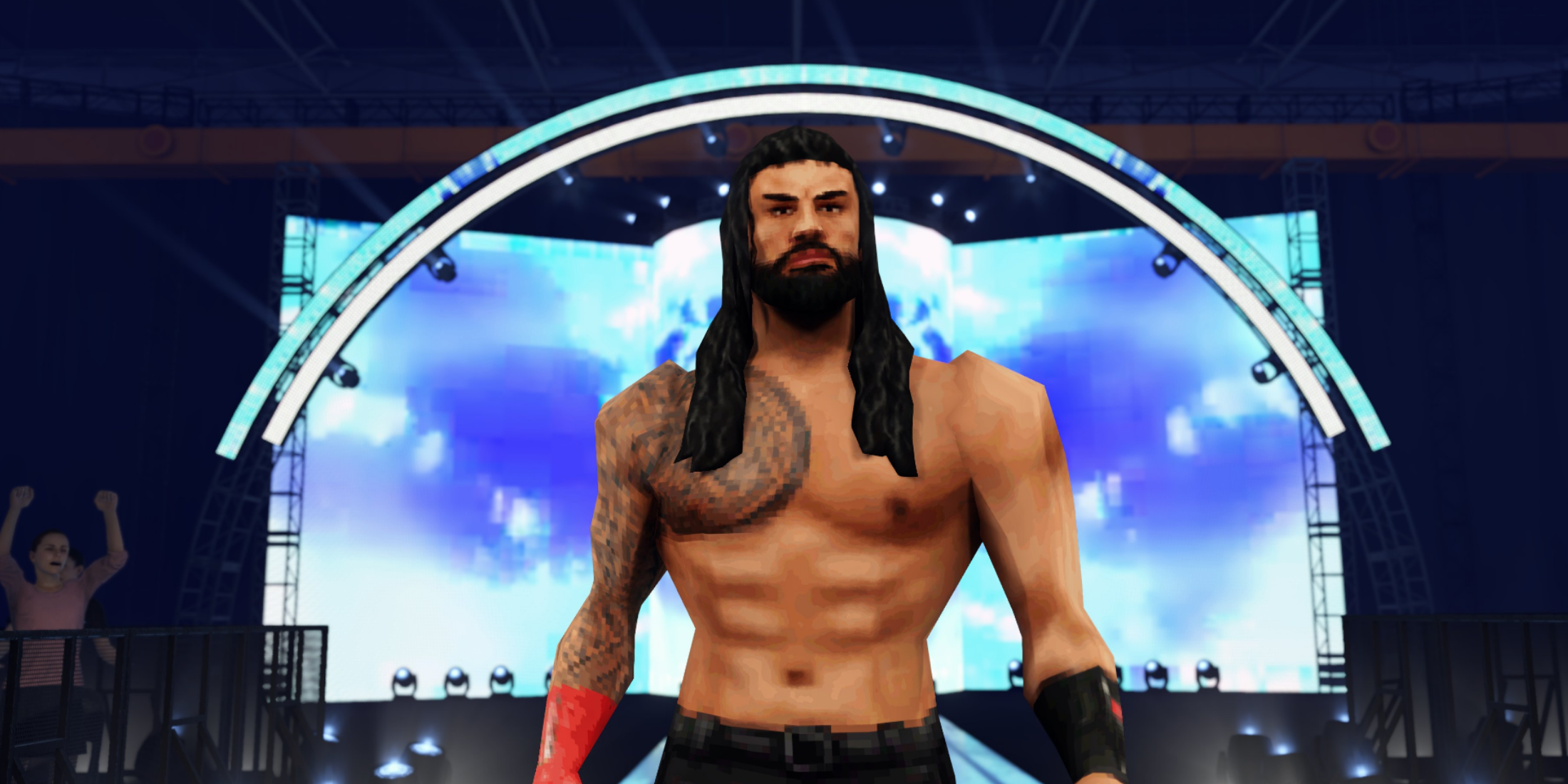
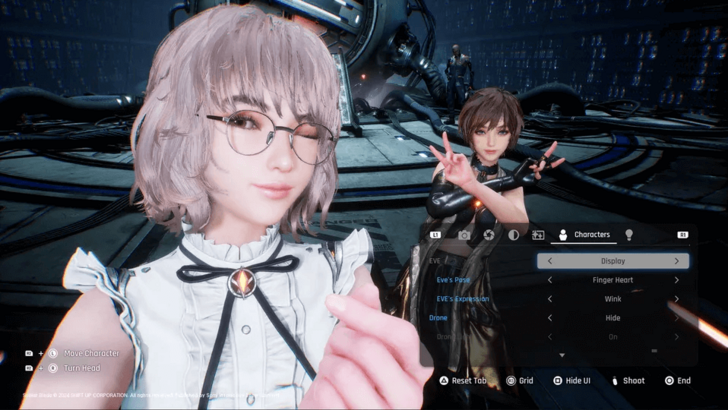
![Business of Loving [v0.12.5i] [Dead End Draws]](https://imgs.96xs.com/uploads/18/1719555107667e5423ef803.jpg)
